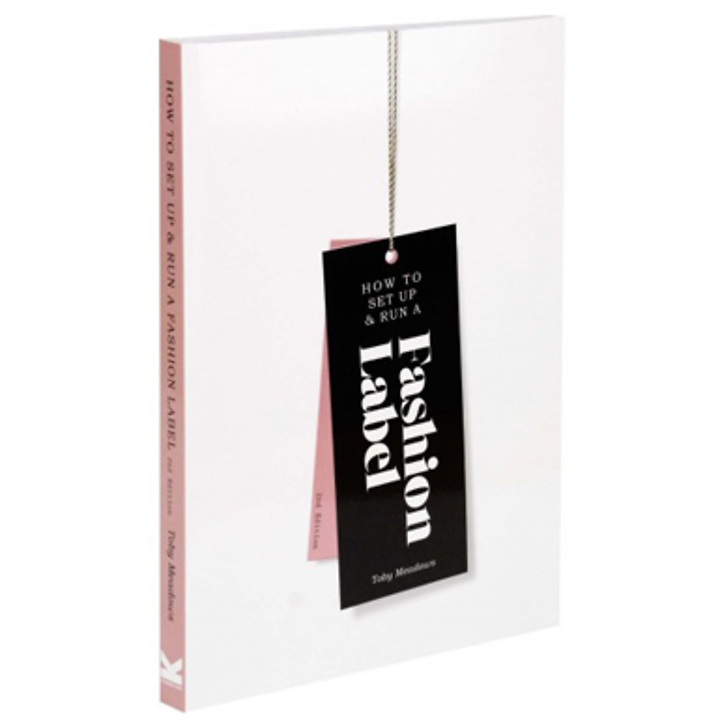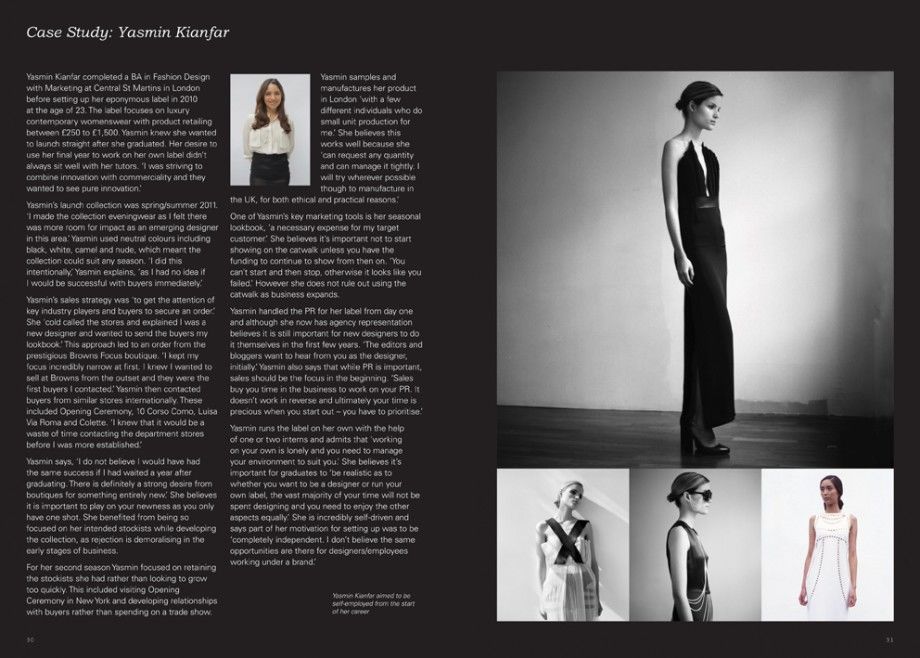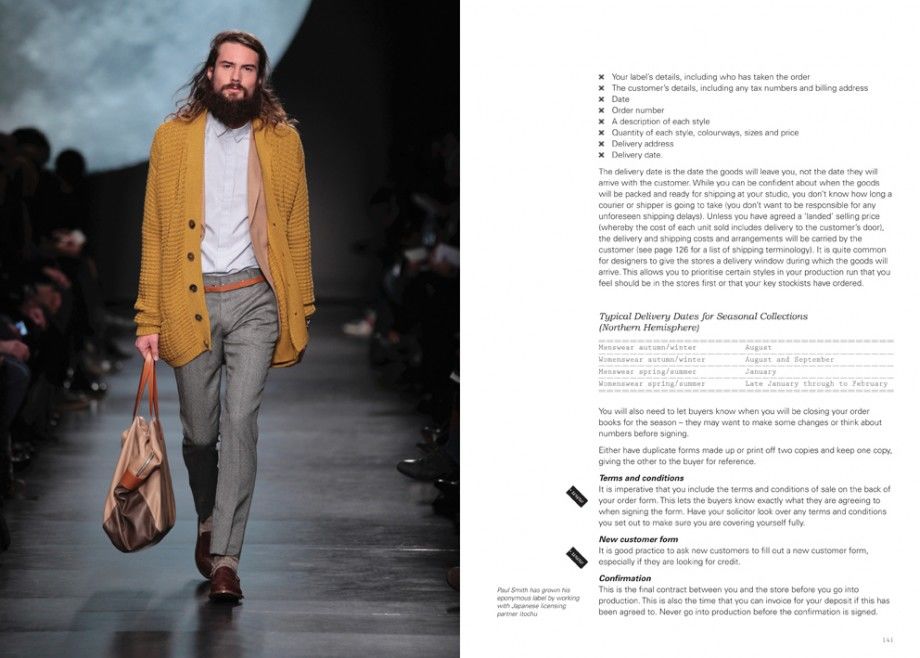How to Set Up and Run a Fashion Label, by Toby Meadows
[Book Recap]
“No matter how talented you are as a designer, if you are going to run a successful fashion label you also need to know about business—from marketing and PR to manufacturing your collection, and where to find the money to finance it all.”

For anyone wanting to start their own business in fashion, Toby Meadows presents a guide packed with case studies and tips to run a business. This book serves as introductory insights to start a business whether it is within the clothing, accessories or footwear sectors. It gives a look to analyse yourself, your market, and also your product to basically prepare everything before a real jump to the business.
Toby Meadows himself is a Director of womenswear brand Belle & Bunty, as well as a Visiting Lecturer at the London College of Fashion. He has been a consultant for British Council, Centre for Fashion Enterprise in London, Indonesia’s Fashion Forward, UAE’s Azyame Incubator Sharjah, and Estonia’s Inkubaator.
Not just around the art or creativity of fashion, in How to Set Up and Run a Fashion Label, Meadows discusses the finance and operation as well. With an easy to understand content, the book helps to understand the supply chain order and calculate the margin. Moreover, it also tackles the legal and marketing issue that make this book a go to for basic how to overview for setting up a fashion business.
The book begins with comparing the three main fashion market segments; haute couture, ready to wear, and mass market. It compares how the three different with mentioning the real brand examples, like Marc by Mark Jacob for the ready to wear segment and H&M for the mass market brand. He then continued with explaining the supply chain as the process of planning, implementing, and controlling the flow of the offered products, from their point of origin to the point of consumption. With the aim of meeting our customers’ needs, we need to define our business strategy as a raison d’etre of the whole creation of a fashion label. Every other activity including the supply chain should always be carried out with that same business strategy in mind. Speaking about supply chain, in this book, the different key job roles of supply chain are discussed; the research team, design development team, production team, to sales and distribution team.

With real case studies from fashion companies, the book presents an overview from the professionals and their experiences that can be adopted and adapted for the creation of a new business in a realistic way. Serving as a fashion business 101, How to Set Up and Run a Fashion Label also discusses simple things like the manufacturing options. Whether you want it in house or outsource – CMT, things to consider about the machineries, to wholesaling or retailing.
For those who want to start jumping into the fashion business, this book is worth to read as guidance and trigger to further readings around specific market; apparel, accessories, or footwear.



